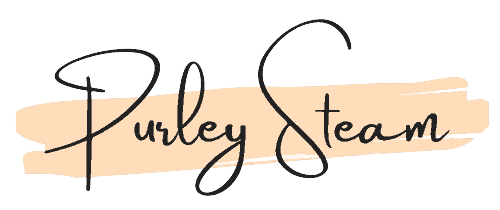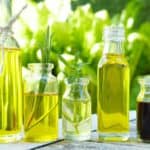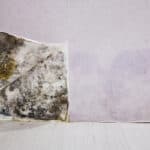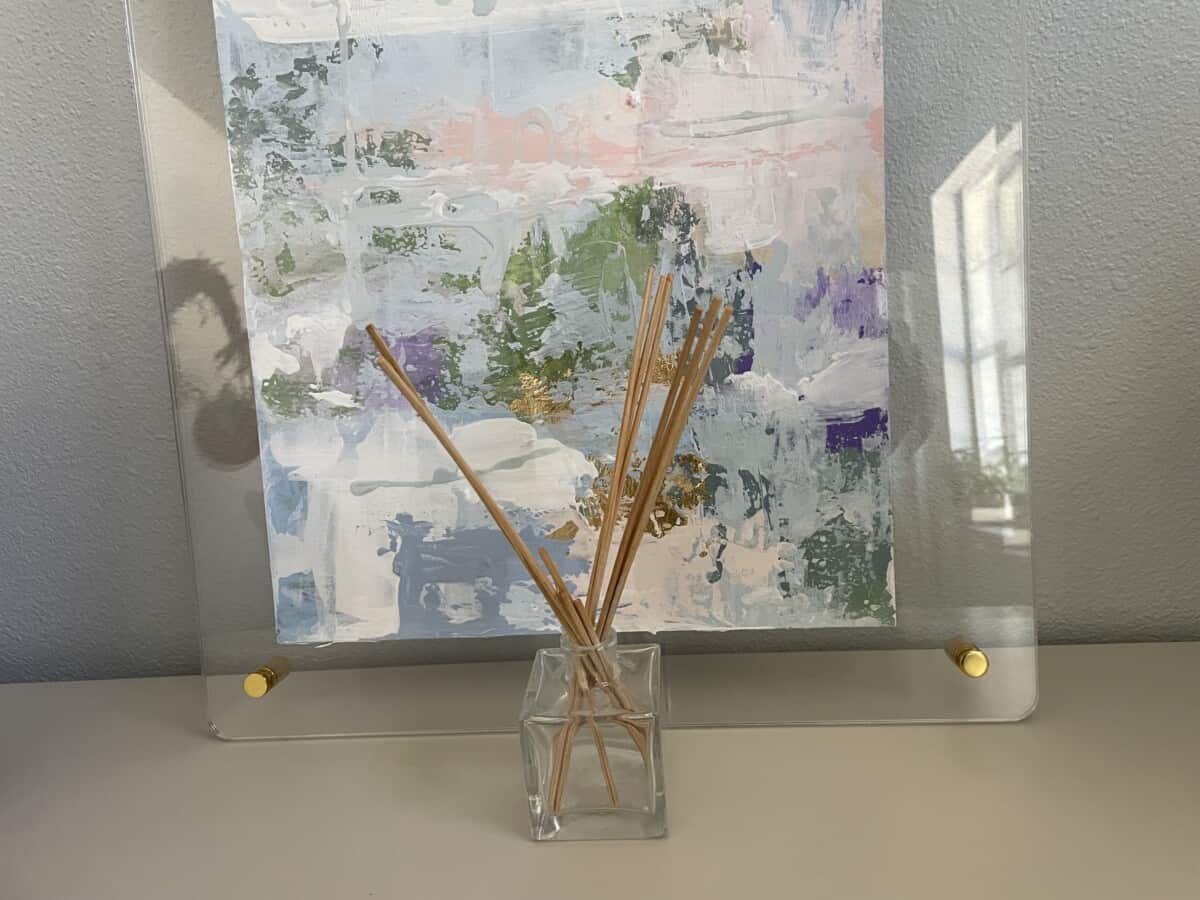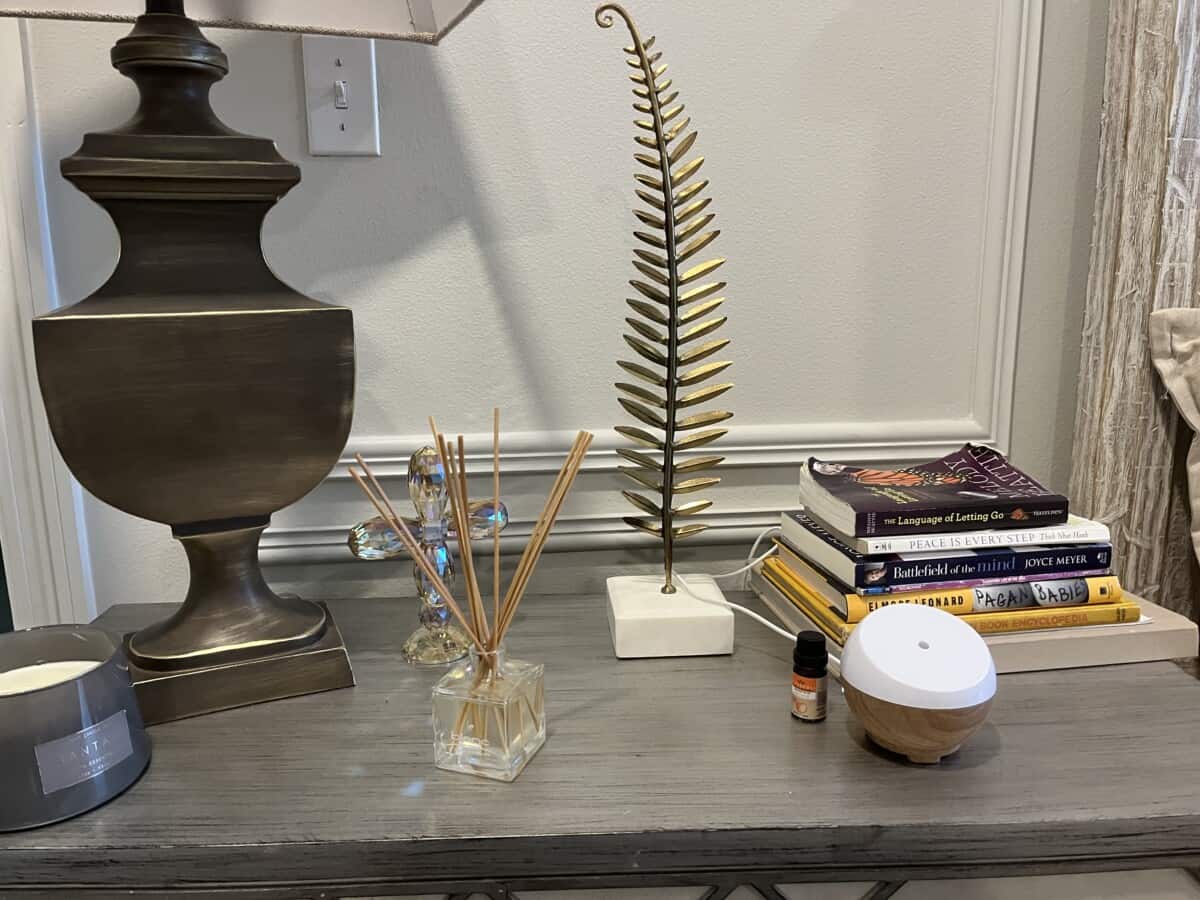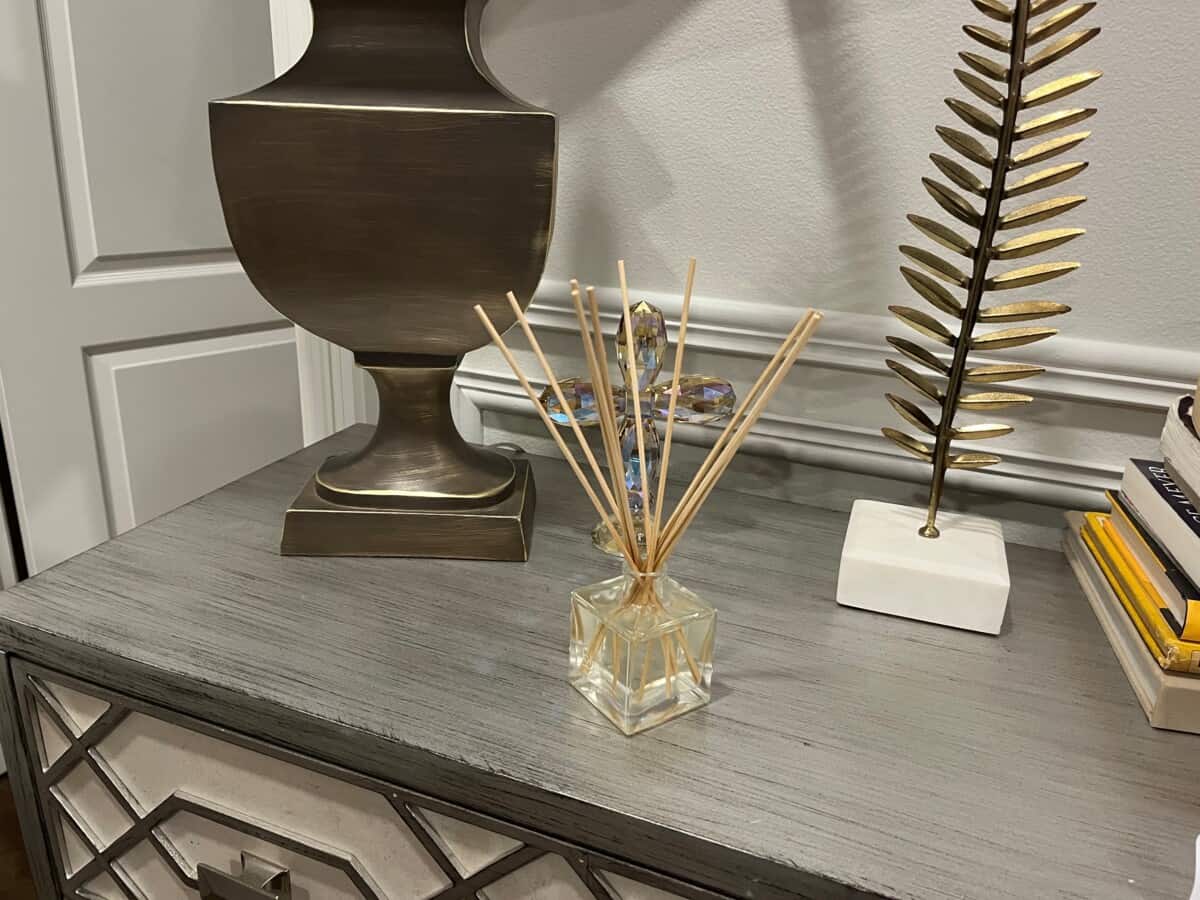Mold and Mildew have been a problem for homeowners for years. How are you meant to know which product on the market is best suited for the job? Is it just a quick fix? And what chemicals does it contain?
Have you ever considered using peppermint oil to remove mildew naturally?
Peppermint oil, thanks to its antibacterial features is most commonly used as a food-based disinfectant for kitchen surfaces.
Apart from peppermint oil leaving an amazingly fresh, clean smell, it’s also been researched to help remove mold and mildew with its antifungal properties.
Does Peppermint remove mold and mildew?
Scientists have researched extensively into Peppermint’s anti-fungal properties and its effects on removing and breaking down mold and mildew.
- Peppermint oil used in cleaning products will help reduces mold and mildew, but it’s not a long-term solution. Peppermint oil will help in the process of removing but doesn’t stop mold or mildew from returning in the future.
The best way to cure mold is by first finding a way to prevent it from reoccurring in the future. The best way to prevent mold and mildew from forming is by allowing fresh air to circulate your home to stop any damp or humid air nesting on cold surfaces.
One solution to eliminate this that is becoming increasingly popular is the Nuaire Drimaster. This brings in a constant supply of fresh air to your home and will prevent mold from returning and also condensation on windows.
I personally own one of these and it’s pretty easy to install and does a great job!
Check out the Nuaire system here.
Built-in extractor fans are commonly found and used in bathrooms and kitchens and are a great alternative to opening windows or doors to remove damp air from your homes.
Due to Peppermint’s antibacterial and anti-fungal properties, it’s a no-brainer, why scientists’ interest in natural oil has been increasing over the past few years.
These days there are a wide variety of cleaning products that use peppermint oil in their formulas, big-name brands such as; Mr. Muscle, Koh, and Zoflora.
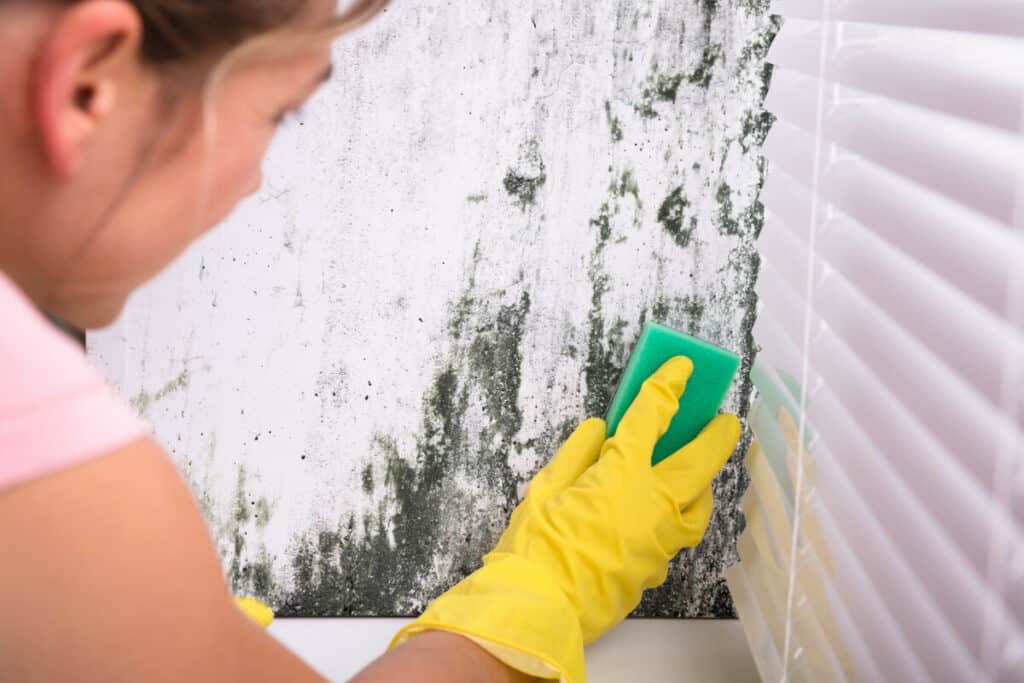
Peppermint cleaning formula (3 steps to making your cleaning product)
By only using simple everyday products from around the house you can create an effective disinfectant formula to use on hard surfaces, mold, and mildew.
The recipe is for a 500ml bottle consumption, please note if a container holds more or less, increase or decrease measurements with caution.
Recipe For Peppermint Oil Mold Remover :
Fill a standard 500ml spray bottle with 250ml of clean cold water. Proceed to pour 150ml of White Vinegar and 15 drops of Peppermints essential oil. Seal the container and shake gently to mix.
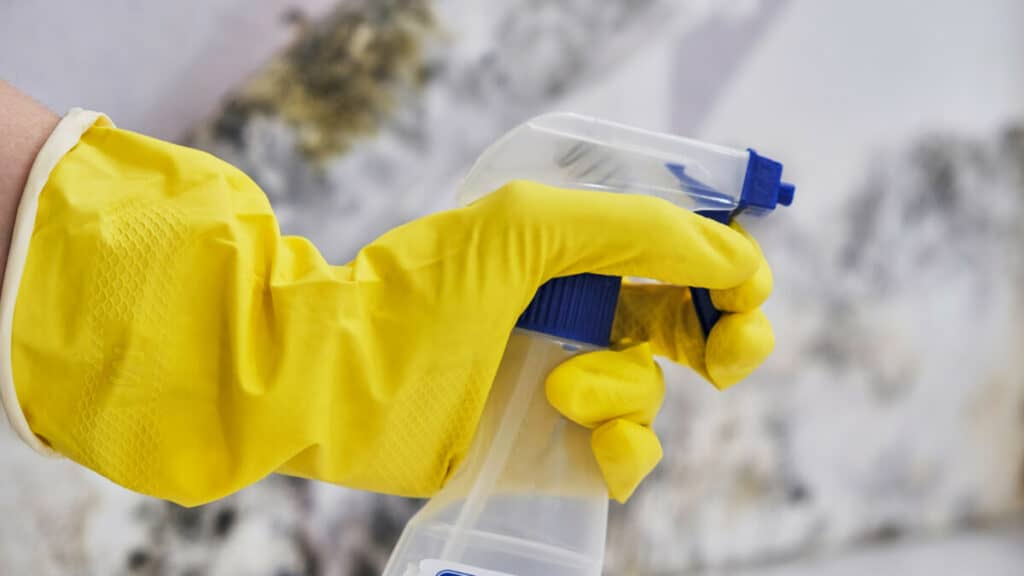
How should It be used?
Did you know that you should be leaving your disinfectant on your surfaces longer than you thought?
“The longer you can let it be in contact, the better,” said Dr. Andrew Janowski, instructor of pediatric infectious diseases at Washington University School of Medicine St. Louis Children’s Hospital.
Using natural grown oils and chemical-free products as a disinfectant theirs no harm in leaving the product on the surface over a longer period.
Most big named chemical cleaning brands will recommend a times scale on how long a product should stay on your surfaces, such as bleach-based products scaling roughly around 30 seconds. Bleach left on surfaces can cause burning, eye irritation, and respiratory distress.
The Peppermint oil for removing mold and mildew from home surfaces will start to break down the build-up area of fungal bacteria instantly but to get the full effect of the product it’s recommended to leave a light coating of the liquid over the built-up area.
This is because white vinegar’s disinfectant properties have been researched to not kick in until after 30 minutes of applying. That’s why it’s important to schedule your home cleaning duties. I suggest spraying tough-to-clean surfaces then moving to other tasks.
Mold and Mildew prevention Tips
- On dry days open doors or windows to allow for fresh dry air to circulate your home to help remove any humid air.
- Mold is commonly formed from leaks so check windows regularly to see if it’s letting in any rain seep in. Also, check guttering and drainpipes for the same concept.
- Use any built-in extractor fans around your home to help remove humid air where windows can’t.
- Leave space between furniture and room walls to allow fresh air to circulate to prevent any damp settling.
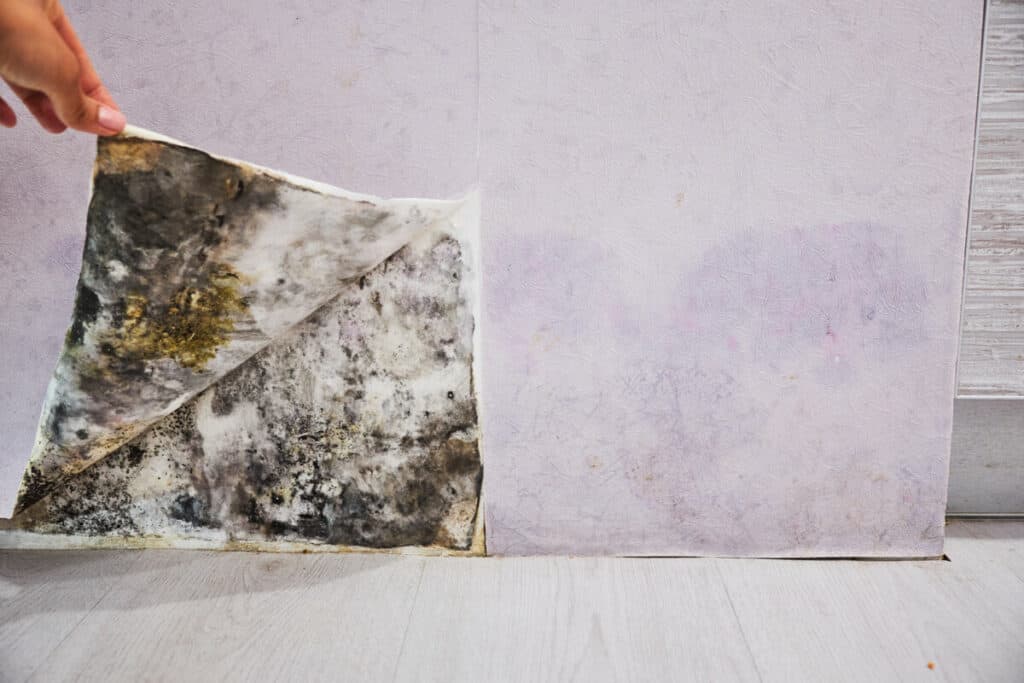
How are mold and mildew formed?
You are exposed to mold every day without knowing it.
Mold is a type of fungus that consists of small organisms called spores. Mold spores constantly travel through the air and are usually harmless but when they land on damp surfaces in your home, they can begin to grow into the fluffy, green, and black spots which we know to be mold.
If left to grow it can be harmful and can cause headache, sore throat, runny nose, coughing, sneezing, and watery eyes. Also, mold has been known to cause Asthma attacks in those who suffer from Asthma.
Mildew is very commonly mistaken for mold due to them both being extremely similar. Unlike mold, mildew is not known to be harmful but grows in a much similar way needing moisture and a particular temperature to grow.
How to tell the difference between Mold and Mildew?
Whilst mold and mildew may look and act near enough the same there are a few keys to spotting the difference between them. Mold is known to have a much darker look, colors consisting of green and black, with a build-up of a fuzzy texture.
Mildew on the other hand starts white on a flat surface making it hard to notice in early development and gradually turns a grey/ brown color with a fluffy texture.
FAQ’s
What does peppermint oil keep away?
Peppermint essential oil is a natural pest repellent that can keep away ticks, spiders, and other pests. You should put sachets of this around your home’s entry points or use essential oil diffusers.
Can you use peppermint essential oil in a diffuser?
Yes, a diffuser is an easy way to get the benefits of peppermint essential oil. The strong aroma will make sure that any space stays smelling fresh and clean all day long.
